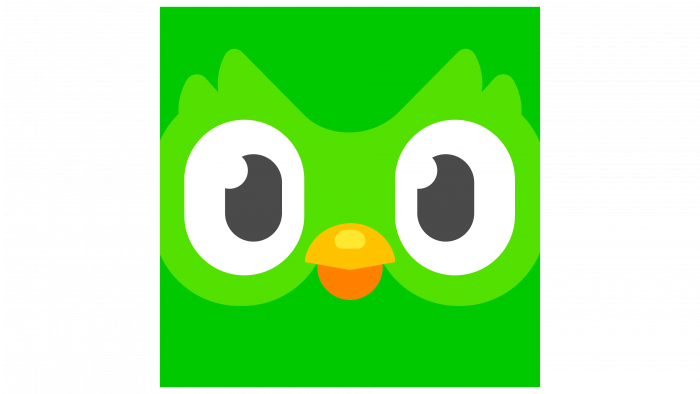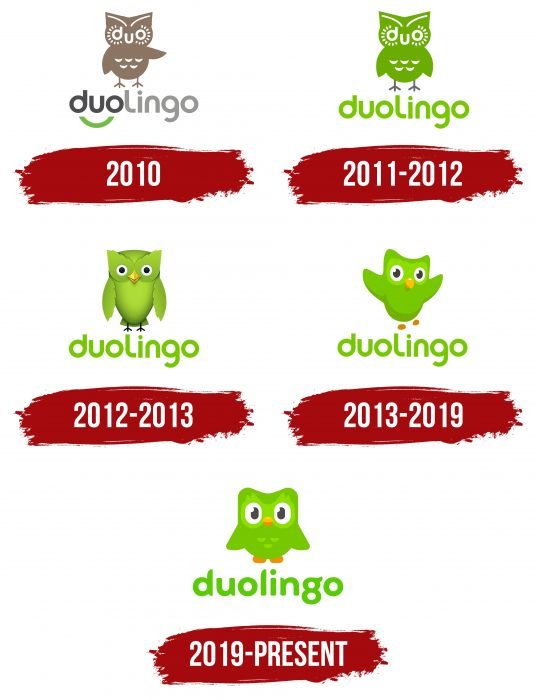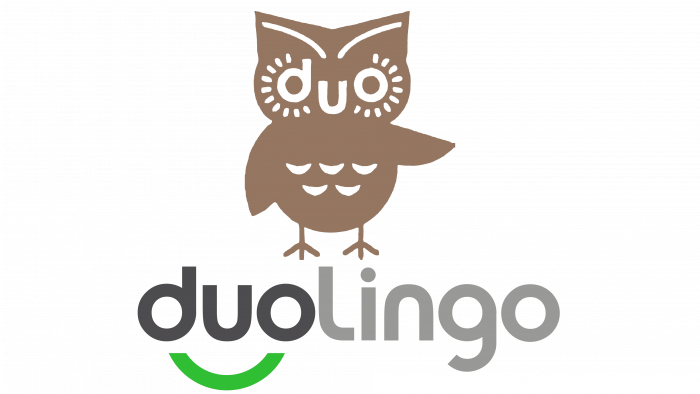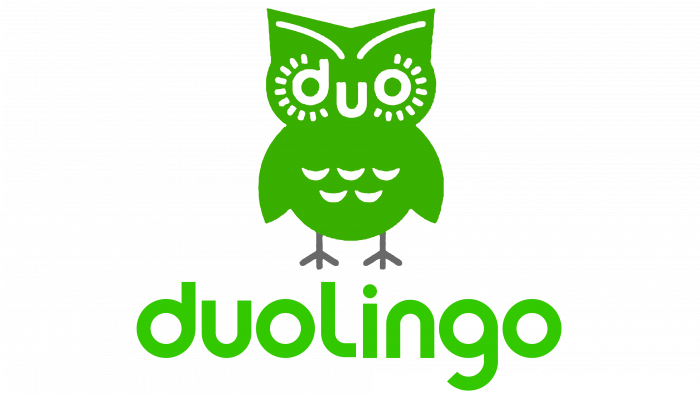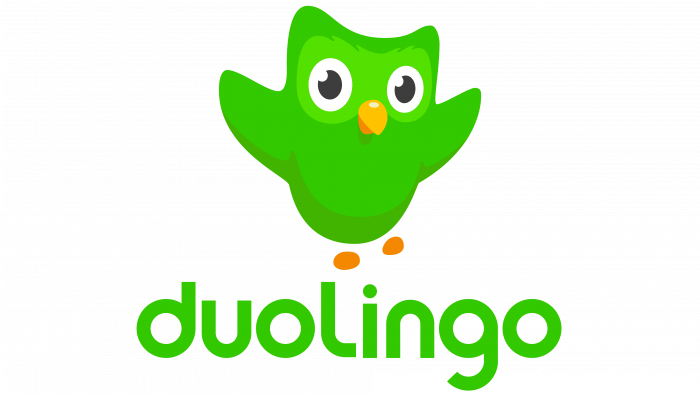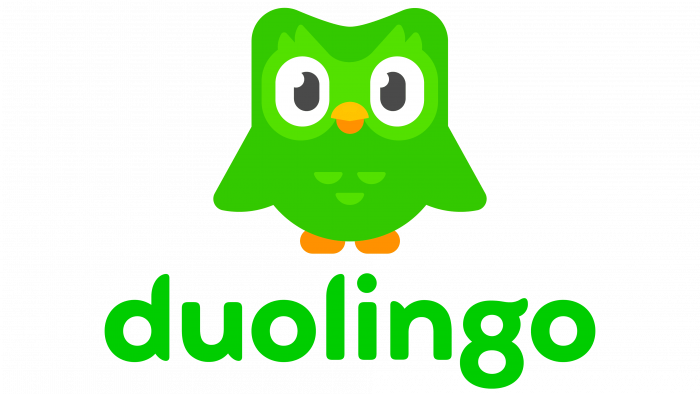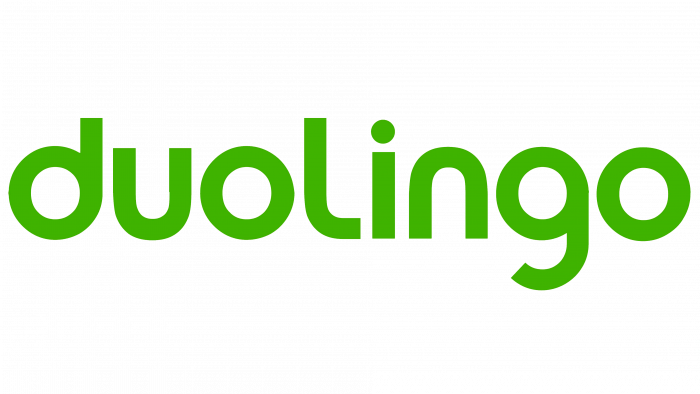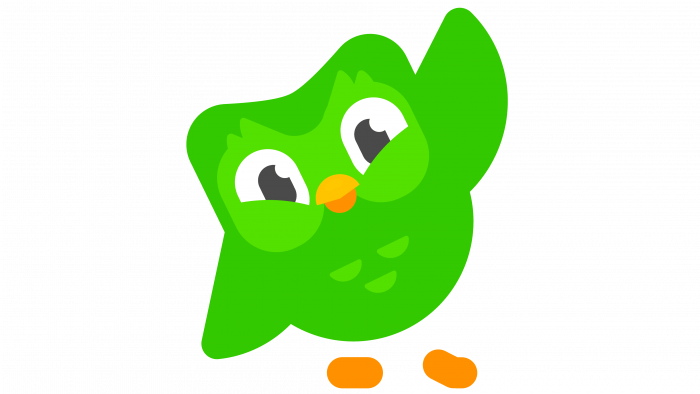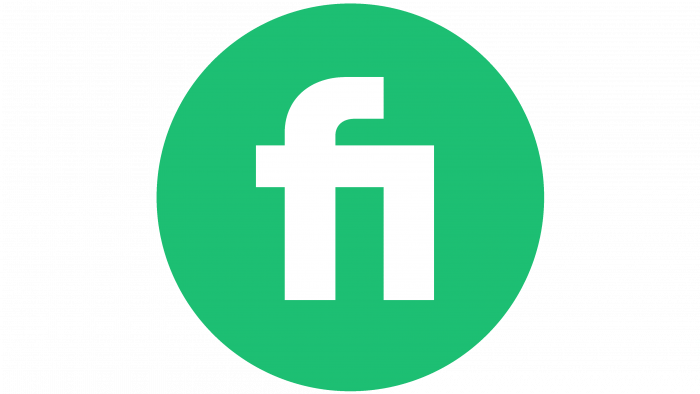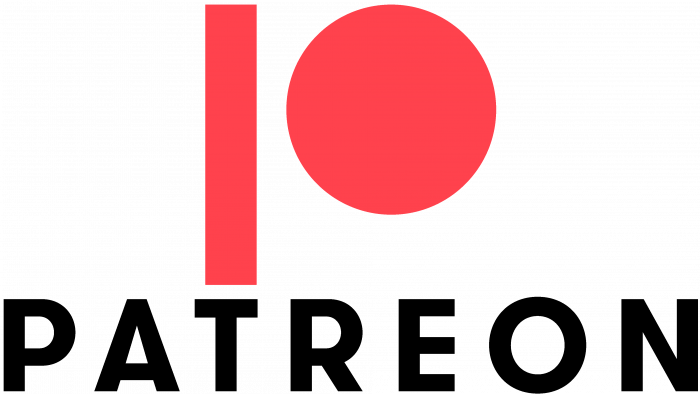The Duolingo logo shows the site is a path to wisdom and development. The portal’s pages contain so much useful information that the emblem calls to awaken the inner child, strive for knowledge, and take away some information.
Duolingo: Brand overview
Meaning and History
A professor and his students created This service at Carnegie Mellon University in 2009. Then, a group joined the project, subsequently supporting and developing it. Among them were specialists from different fields of activity, so the language courses were equally well adapted to the Internet and mobile devices. This thoughtfulness contributed to quickly recognizing the company’s logo and the demand for its products.
Luis von Ahn is from Guatemala. It was difficult for him to adapt to the new linguistic environment, so he thought about situations similar to those of many others. His reflections turned into a unique project for the study of foreign languages. The work was joined by a student, Severin Hacker, from Zug (Switzerland). Like his leader, Severin Hacker believes free education will change the world. Hacker is now the company’s CTO.
The project’s pilot launch took place in 2010, and a test version was offered to users in November 2011. In the early years, a temporary emblem consisting only of the name was used to identify the product. Later, other options appeared with the original talisman—an owl symbolizing intelligence, wisdom, and knowledge.
What is Duolingo?
It is a popular platform for learning foreign languages and a resource for translating. It allows you to learn other languages and controls the quality of the assimilation of knowledge by testing. The service appeared in 2010 thanks to the efforts of Luis von Ahn and Severin Hacker. For 2021, it contained 106 language courses. Its head office is located in Pittsburgh, Pennsylvania.
2010
When launching the closed beta version, the authors used the project’s name, beating it with several graphic tricks. First, the compound word’s semantic parts are divided by color into two fragments: “duo” – black, “lingo” – gray. Secondly, under the first three letters, there is an arc in the form of a welcoming smile because “d” and “o” look like eyes, and “u” – is like a nose. The result is a good-natured emoticon. At the same time, on this basis, a prototype of the talisman appeared.
2011 – 2012
After testing, the language service received an official distribution and a corrected logo. Choosing the same lowercase lettering with rounded letters, the designers changed its palette. They unified the color in favor of green. In this form, the inscription was used until 2019.
The mascot has also changed: the owl has turned green. The logo designers also lowered the right wing, depicted in an invitation gesture. Therefore, the bird just froze in anticipation.
2012 – 2013
A year later, the designers modernized the icon and depicted the owl more naturally. They removed the letters “d,” “u,” and “o” that replaced the bird’s beak and eyes, drew a tail for it, lengthened its wings, and added over-eye plumage. The color of the logo’s authors was made with a gradient transition from light green (in the center) to dark green (along the edges).
2013 – 2019
The Duolingo administration decided to redesign the logo to look friendly. For this, the developers used an animation style that turned the owl into a pleasant character. She has depicted her wings spread wide as if she is ready to accept everyone who wants to study foreign languages. Emotions and dynamics are expressed in the eyes’ sparkle, raised “ears,” and widely spaced legs, like a bird moving forward. By the way, the classic four-toed paws have been replaced with point ones – in the form of two yellow spots of different sizes, according to the location of the first and second plans. The color in the central zone of the logo is light green; along the edges, it is dark green.
2019 – today
In 2019, there was a total transition to another logo radically different from the previous ones. The site’s name, course, and application are executed in streamlined symbols with no perfectly straight line or sharp corner—even the wide “i” and “l” sides are not as straight as they are. The protruding elements of the word “duolingo” have oblique cuts, and the “g” is shaped like an owl with a single feather sticking upon its head. The designers returned the side legs to the letters “u” and “n.”
The bird’s image also changed—it began to convey different emotions, including bewilderment, glee, and joy. The bird is depicted with either lowered or raised wings with an open or closed beak. Moreover, the developers simplified the icon: the fluff around the eyes became larger, and three miniature semicircles of a light shade appeared on the stomach. The gradient transition has disappeared.
Duolingo: Interesting Facts
Duolingo, launched in 2011 by Luis von Ahn and Severin Hacker, is a widely used language-learning app that’s changed how people approach learning new languages.
- Starting Point: The founders wanted to make learning languages free and fun while helping to translate the web. Their mission was simple: education should be accessible to everyone.
- Rapid Growth: From offering a few languages, Duolingo has expanded to over 30 languages, attracting millions of users worldwide. It’s become a go-to app for many language learners.
- Game-Like Learning: Duolingo uses a gamification approach, turning learning into a game with points, levels, and instant feedback. This method helps keep learners motivated and better retain information.
- Community-Created Content: Volunteers and language experts create many of Duolingo’s lessons, ensuring high-quality content constantly improves.
- Duolingo English Test: They’ve also created an affordable and widely accepted English proficiency test, offering an alternative to traditional exams that can be expensive and daunting.
- Personalized Learning with AI: Duolingo uses artificial intelligence to tailor the learning experience to each user’s pace and needs, making lessons more effective.
- Preserving Languages: The app contributes to reviving endangered languages, offering courses in Welsh, Hawaiian, and Scottish Gaelic, among others.
- Focus on Research: Duolingo is committed to improving language education, with a dedicated team researching the most effective teaching methods.
- Freemium Model: While Duolingo is free, it also offers a subscription service, Duolingo Plus, for additional features. This model supports the app’s growth and mission to provide free education.
- Cultural Relevance: The platform ensures its content is culturally relevant, incorporating idiomatic expressions and cultural notes to make learning more engaging.
Duolingo’s success story highlights its innovative approach to education, the importance of community input, and how technology can make learning accessible and enjoyable for everyone, no matter where they are.
Font and Colors
The designers emphasized a light shade of green, using it both for the inscription and the owl. This bird personifies wisdom, making her image central.
The logo is dominated by a grotesque, rounded font of two types. Earlier versions used a typeface reminiscent of Torus Bold or Auro Bold, while the current version uses a typeface reminiscent of Torus Bold or Auro Bold. This is a custom development for Duolingo—patented and not licensed by other brands. Bright green was chosen for its deep symbolism of growth and development. Moreover, different shades are used in the emblems of different years.
FAQ
What is the symbol for Duolingo?
The symbol is a green owl named Duo. This owl has big eyes and a playful look, which aligns with the brand’s goal of making language learning fun and easy.
The green owl was chosen as a joke because one of the brand’s co-founders disliked the color green. Over time, Duo has become a key part of the brand’s identity, appearing in the app, marketing materials, and other promotions.
Some users have noticed changes to the owl’s design, with some saying it appears to be starting to “melt.” This may be due to recent updates that have given the owl a softer, more modern look.
What is the new Duolingo logo?
The new logo still features the bright green face of the owl mascot, Duo, but in a more modern and stylized way. The owl has large, attractive eyes that users recognize. The change aims to refresh the brand’s image while maintaining its playfulness and friendliness.
Some users feel the updated logo makes Duo’s face look melting or scary. This is due to the new design, which gives the owl a softer and smoother appearance. The brand made these changes to keep the mascot relevant and maintain a modern aesthetic. The goal is to uphold Duo’s iconic status while giving it a fresh look.
What do the symbols mean in Duolingo?
In Duolingo, symbols guide the learning process. The yellow ring shows progress in mastering the words of a particular course. A gray icon means the level is locked, and you must complete previous levels to unlock it.
The small number in the bottom right corner shows the level, helping you track progress through the course stages. The castle symbol is a checkpoint with challenges that must be passed to move forward.
Other symbols refer to different exercises, such as listening, speaking, reading, and writing tasks. Each symbol is designed to make learning intuitive and fun, helping you understand your progress and the next steps in your language learning journey.
What is the font of the Duolingo logo?
The logo has used different fonts over time. The brand has used Torus Bold and Auro Bold in its logos. The brand chose its font, Feather Bold, for its website headings, created specifically for its educational resources.
Torus Bold and Auro Bold give the logo a modern and friendly look, in keeping with the brand’s playful image. Feather Bold, used for headers, is designed to be clear and attractive, making the site easy to read and interact with. Each font helps create the brand’s overall visual uniqueness and usability.
What does the Duolingo logo mean?
The logo features an owl, symbolizing wisdom and knowledge. Over time, the logo has changed styles. The first version was neutral, with the word “duet” instead of eyes and beak.
In 2012, designers removed the letters from the owl’s face, making it more expressive. The modern logo’s cartoonish design matches the brand’s playful image. This evolution shows the brand’s mission to make learning fun while maintaining the owl’s symbolism of wisdom.
